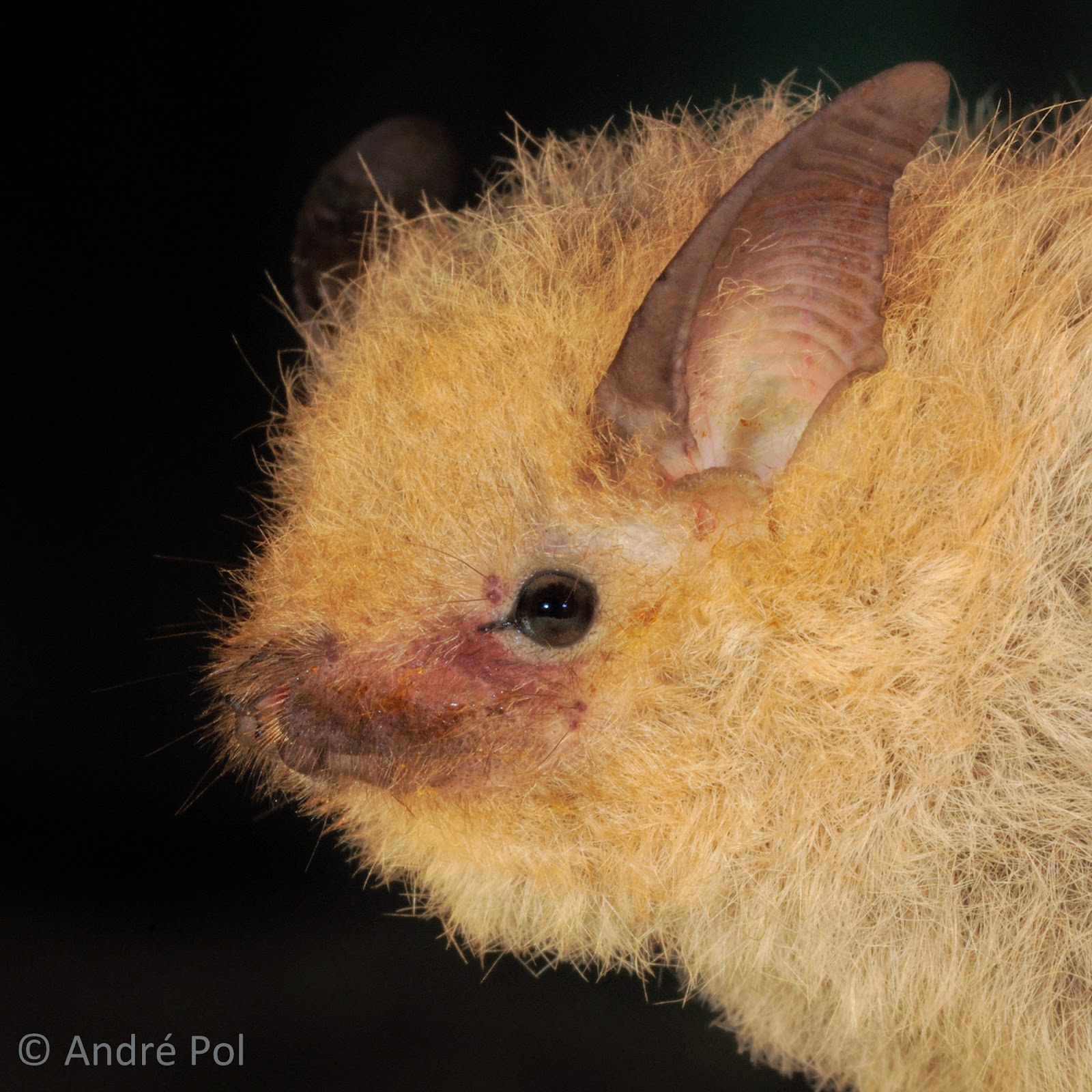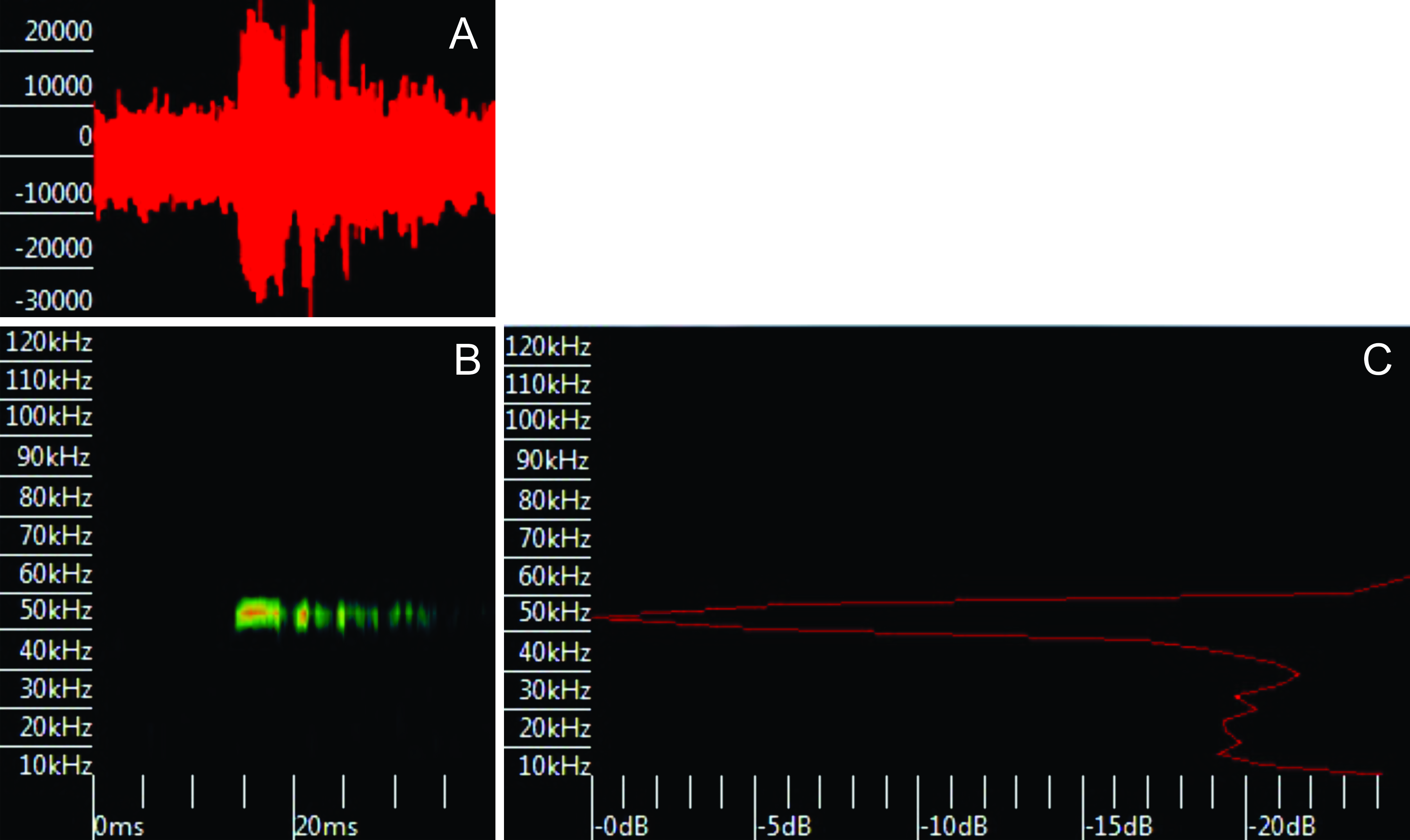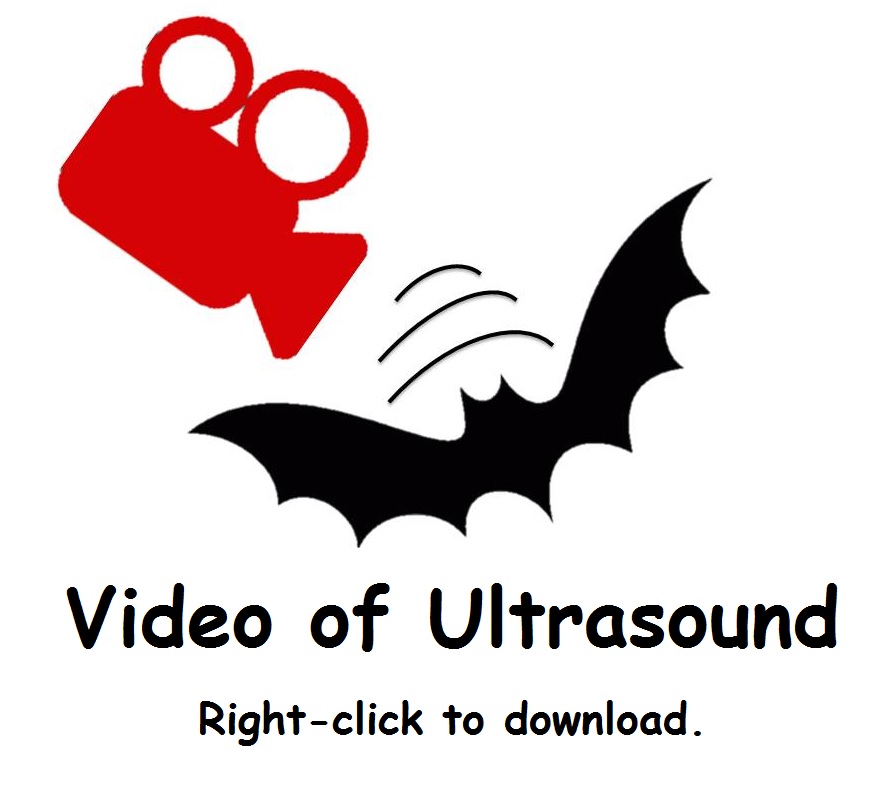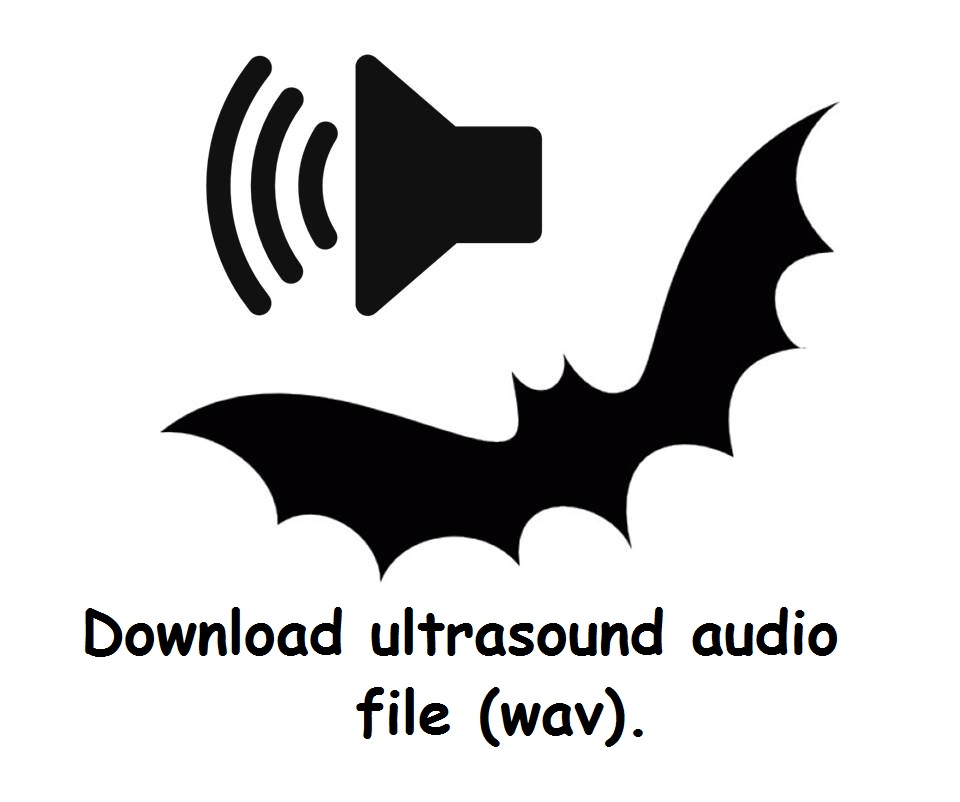Languages
Emballonuridae II
 Centronycteris maximiliani
Centronycteris maximiliani
Adults have a body length of 6 cm, a forearm of 4.5 cm and a weight of 15 g. The dorsal coat is long, brownish-yellow in color and has no dorsal stripes. They do not have scent glands near the forearm. They are usually found in tree hollows.
This species has a slow and highly maneuverable flight. They can be found foraging in a variety of habitats in primary or altered forests. The call is formed by a short pulse, of almost constant frequency, with a final tail where the frequency decreases. The average pulse rate is 40 kHz.
Its distribution includes, in South America, Colombia, Venezuela and Guianas. It is also present in Peru, in addition to the Amazon basin and Brazilian Atlantic Forest.
Centronycteris centralis
Little is known about this species. Adults have a body length of 5 cm, a forearm of 4.5 cm and a weight of 5.5 g. They do not have scent glands near the forearm. They have brownish-yellow coat. Usually they use hollows and tree trunks as shelter.
This bat is always found in well preserved areas. The flight is slow and highly manoeuvrable, probably feeding on slow flying insects. The call is formed by a short pulse, of almost constant frequency, with a final tail where the frequency decreases. The average pulse rate is 40 kHz.
The distribution is known for Bolivia, Colombia, Ecuador, Peru and also occurs in southern Mexico and southeast of Panama.
(Click image to enlarge)
Figure 1. Echolocation call of Emballonuridae II (Centronycteris maximiliani e Centronycteris centralis). A) Osciliogram of acoustic pulses; B) Spectogram of a call; C) Intensity spectrogram.





